The NASA’s SpaceX Demo-2 mission has a goal to validate the SpaceX crew transportation system during a test flight. It covers all phases of the test, such as launch, in-orbit, docking and landing operations. “Today a new era in human spaceflight begins as we once again launched American astronauts on American rockets from American soil on their way to the International Space Station, our national lab orbiting Earth,” said NASA Administrator Jim Bridenstine.
Last month’s launch was SpaceX’s second test of the Crew Dragon spacecraft and at the same time the first test with astronauts aboard. The mission is expected to precede certification for regular crew flights to the International Space Station (ISS) as part of NASA’s Commercial Crew Program (CCP). “I thank and congratulate Bob Behnken, Doug Hurley, and the SpaceX and NASA teams for this significant achievement for the United States. The launch of this commercial space system designed for humans is a phenomenal demonstration of American excellence and is an important step on our path to expand human exploration to the Moon and Mars,” Bridenstine added.
Picture: SpaceX
The program is a demonstration of NASA’s plan of investing and flourishing from a public-private partnerships with commercial companies, leading to new achievements in space exploration.
The Crew Dragon spacecraft was named “Endeavour” shortly after reaching orbit. The name chosen by Behnken and Hurley referred to the first space shuttle each of them had flown aboard.
Picture: SpaceX
Picture: SpaceX
Docking to the ISS
The Crew Dragon spacecraft docked to the ISS on Sunday. Shortly after Robert Behnken and Douglas Hurley were welcomed on the space station as crew members of Expedition 63 by NASA astronaut Chris Cassidy and two Russian cosmonauts Anatoly Ivanishin and Ivan Vagner. “This represents a transition in how we do spaceflight from the United States of America. NASA is not going to purchase, own and operate rockets and capsules the way we used to; we’re going to partner with commercial industry,” said Bridenstine.
Picture: NASA / ISS
“This model is going to apply when we go to the Moon,” Bridenstine said. “When we go to the Moon we’re going to land on the surface of the Moon with commercial landers. All of this is leading up to an amazing day where we have humans living and working for long periods of time on the surface of the Moon, and doing it with a purpose. And that purpose, of course, is to go to Mars,” he added.
Behnken and Hurley worked with SpaceX mission control centre in order to verify that the Crew Dragon performed as intended. The first docking maneuver began a few hours after the launch. The spacecraft docked autonomously, just as designed by SpaceX. However, Behnken and Hurley as well as the crew aboard the ISS monitored and controlled the whole process, as the Crew Dragon approached and docked forward port of the station’s Harmony module.
“While we’re on-board the space station with a new spacecraft, we do hope to put her through her paces. So the good ship Endeavour is going to get a lot of checkout over the next week or two here, and hopefully we’ll be able to declare her operational,” Behnken said.
While Dragon Endeavour is docked to the ISS the crew will continue to test and demonstrate its capabilities. The spacecraft can stay in orbit about 110 days. However, the duration of this mission, and any future missions of NASA and SpaceX, will be determined based on the readiness of the next commercial crew launch. NASA has a requirement that a fully operational Crew Dragon spacecraft, which will head into Space for future missions, will be capable of staying in orbit for at least 210 days.
As soon as the mission reaches its end, astronauts Behnken and Hurley will board Dragon Endeavour, as the spacecraft autonomously undocks and departs ISS, commencing its return to Earth. Dragon will reach the Earth through a parachute-assisted splashdown in the Atlantic Ocean. A special recovery ship will pick up the crew and transport them to Cape Canaveral.
Crew Dragon is designed to launch four crew members at a time. The vehicle will also be able to carry more than 220 pounds of cargo. The use of SpaceX’s spacecraft will allow to increase the number of crew members aboard the ISS as well as to lengthen the time dedicated to research activities in the microgravity environment.
Picture: SpaceX
NASA's Commercial Crew Program
The idea behind the Commercial Crew Program, launched and executed by NASA, is to facilitate and accelerate the development of a space transportation system for commercial crews. The Agency intends to have at its disposal a safe, reliable and cost-effective system of accessing the ISS and low-Earth orbit.
Realization of the CCP programme involved a number of US companies, especially those with expertise in the design and development of space transportation capabilities.
The capability to rotate the crew of ISS in a safe, tested and certified manner is a crucial capability, which NASA intends to achieve. It is also a requirement sine qua non for future Space exploration and crew missions to the Moon and Mars.


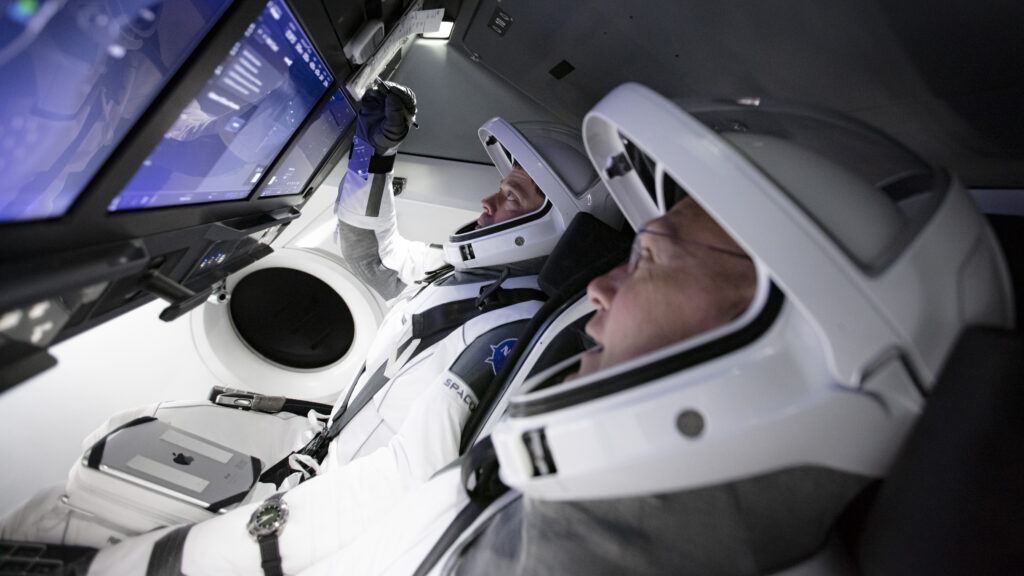
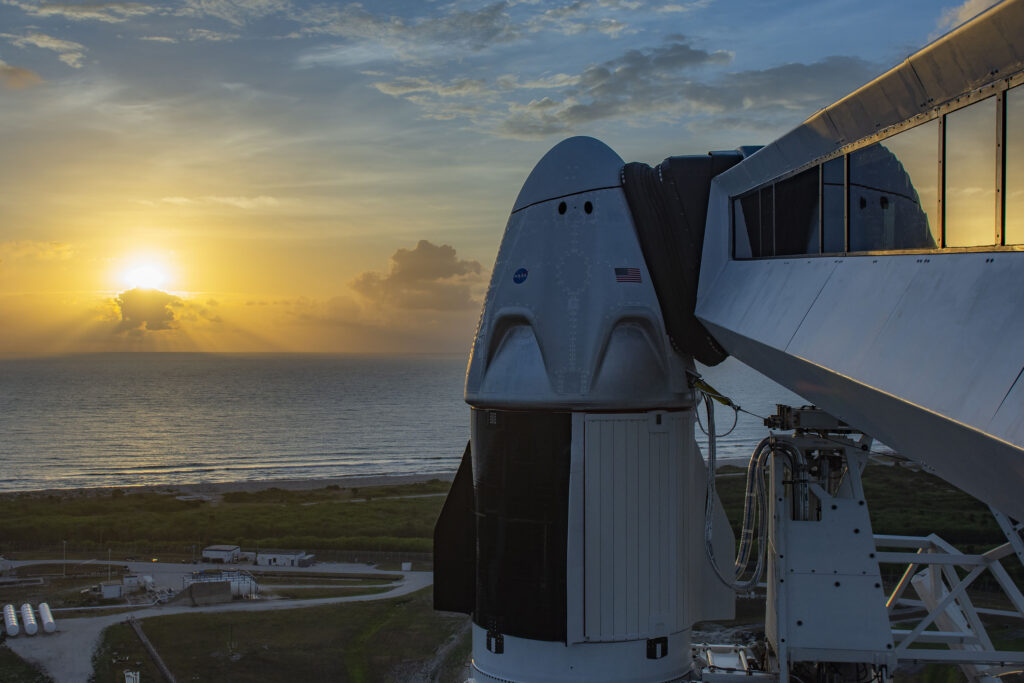
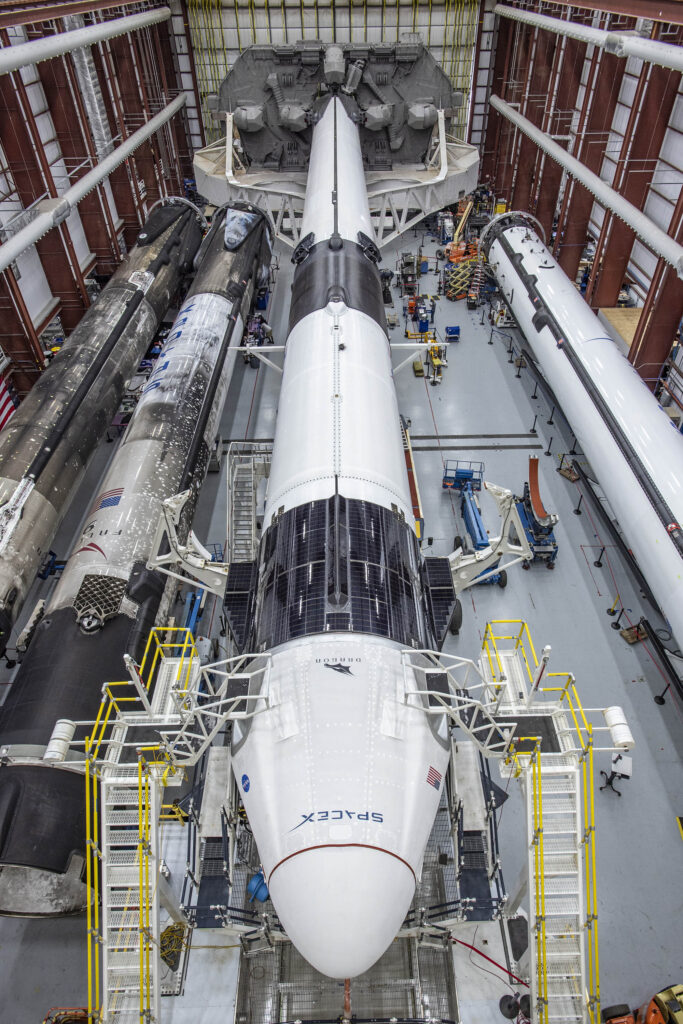
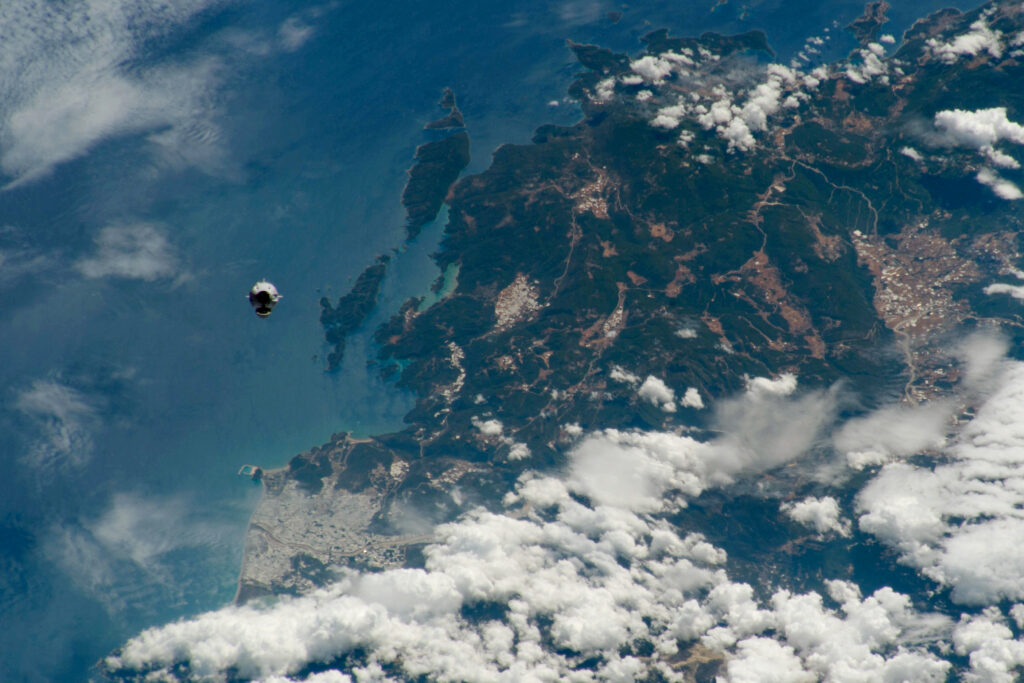
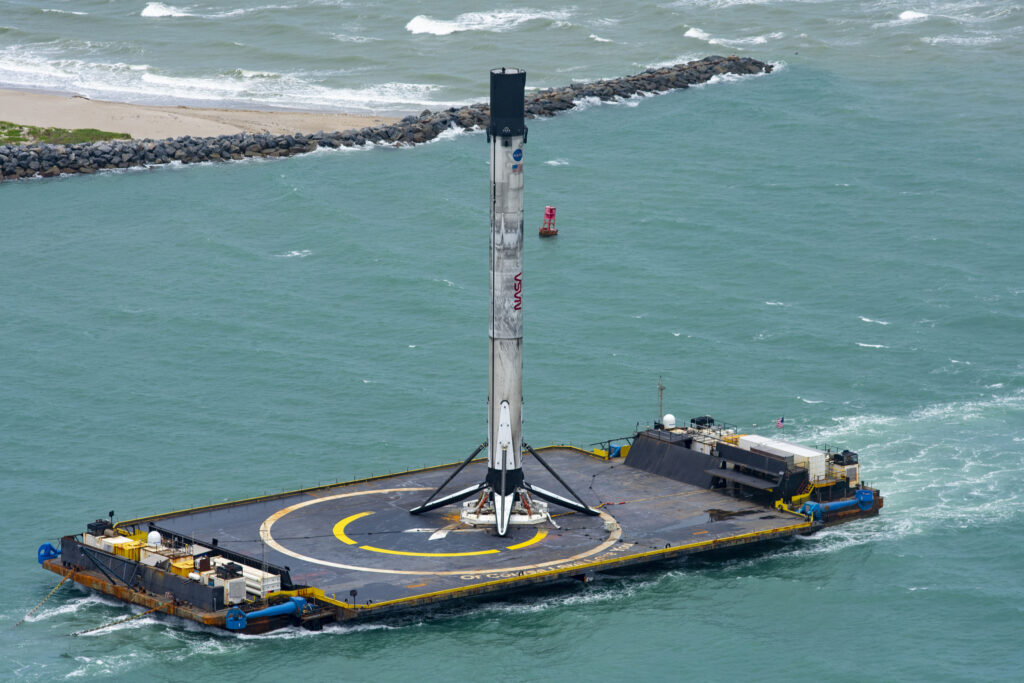

Comments
Nobody has commented on this article yet.